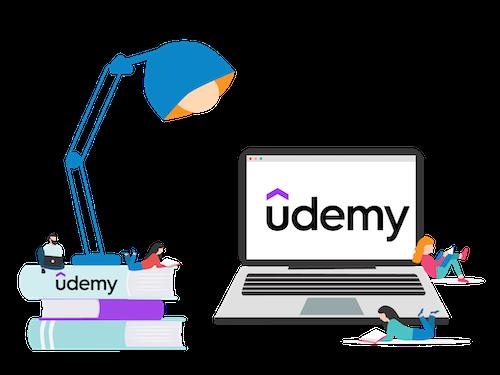
Published 04/2022
MP4 | Video: h264, 1280x720 | Audio: AAC, 44.1 KHz, 2 Ch
Genre: eLearning | Language: English + srt | Duration: 14 lectures (1h 13m) | Size: 547.8 MB
Python A-Z: Learn Python for Scientific Research by Doing
What you'll learn
It helps you not only be a good practitioner but offers you an opportunity for creativity in data processing, statistics, and graph creation in research.
You will learn how to manipulate, import, and export data.
You will learn descriptive statistics, relationships, multi-correlation, ANOVA, and t-test using Python for scientific research.
You will be proficient in basic, advanced, and animated graphs using Python codes.
Requirements
No programming experience needed.
Description
Learn Python Programming for research by doing!
This tutorial is my experience of many years and tens of scientific research of using Python for research. After every video, you learn a new valuable concept that you can apply right away in your research. Moreover, the best part is that you learn through real examples from different subjects of research.
It helps you not only be a good practitioner but offers you an opportunity for creativity in data processing, statistics, and graph creation in scientific research because it is based on programming which unlimited compared to software such as SPSS and Excel. The series includes types, manipulation, import, and export of data. In addition to descriptive statistics, relationship, multi correlation, ANOVA, and t-test. It also familiarizes you with basic, advanced, and animated graphs. In addition to functions, packages, directories, and others.
I am an Assistant Professor of Remote Sensing at Soran University. GBD Collaborator at the University of Washington. I have more than 10 years of experience in Python and R programming, GEE, Big Data, Remote Sensing/GIS, Earth Observation, and Climate. I obtained Ph.D. degree in Geography (Remote Sensing) at the University of Leicester. Published around 30 peer-reviewed papers.
At the end of the course, you will be able to
Creatively processing data, performing statistics, and creating graphs in research using Python.
Manipulate, import, and export data.
Perform descriptive statistics, relationships, multi-correlation, ANOVA, and t-test using Python for scientific research.
You will be proficient in basic, advanced, and animated graphs using Python codes.
Learn how to use jupyter notebook for scientific research.
Sincerely,
Assist. Prof. Azad Rasul
Who this course is for
Researchers and students who are attempting to efficiently use Python programming for their scientific research.
Homepage
https://www.udemy.com/course/python-for-researchers/Buy Premium From My Links To Get Resumable Support,Max Speed & Support Me

https://uploadgig.com/file/download/7dCe790D8fD6a3ba/0bxzf.Python.AZ.Learn.Python.for.Scientific.Research.by.Doing.rar

https://rapidgator.net/file/b17a512cb8de5139cefdfaa9389d229b/0bxzf.Python.AZ.Learn.Python.for.Scientific.Research.by.Doing.rar.html

https://nitro.download/view/B780CA0684ED26E/0bxzf.Python.AZ.Learn.Python.for.Scientific.Research.by.Doing.rar
Links are Interchangeable - No Password - Single Extraction










